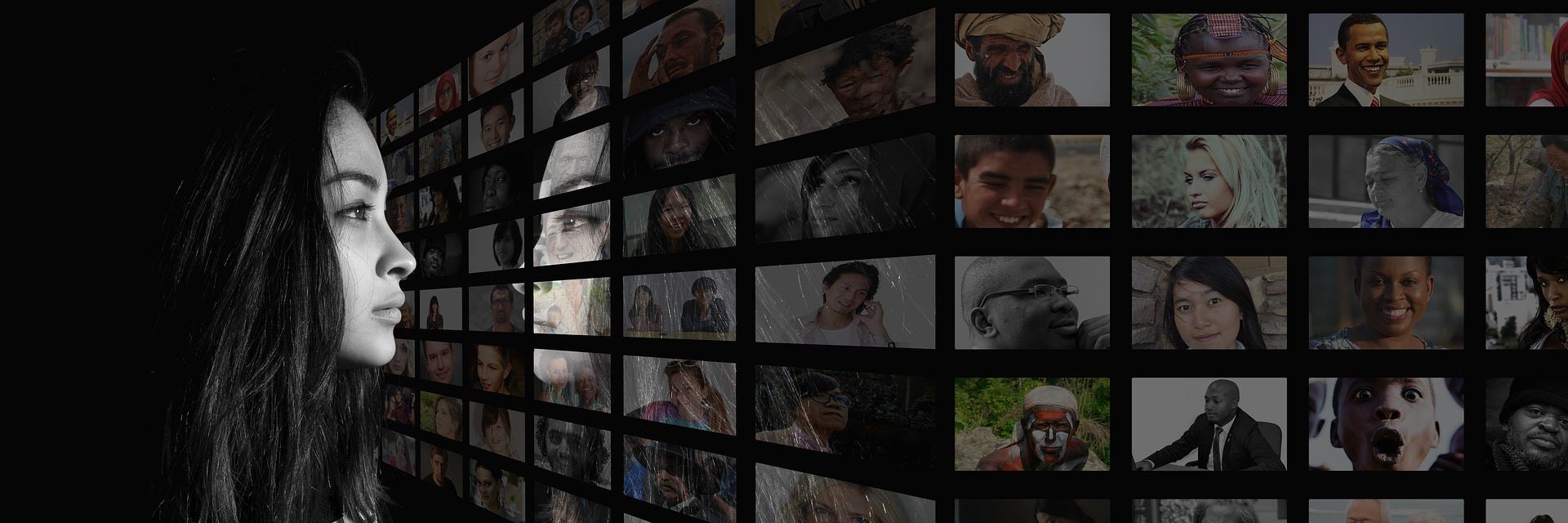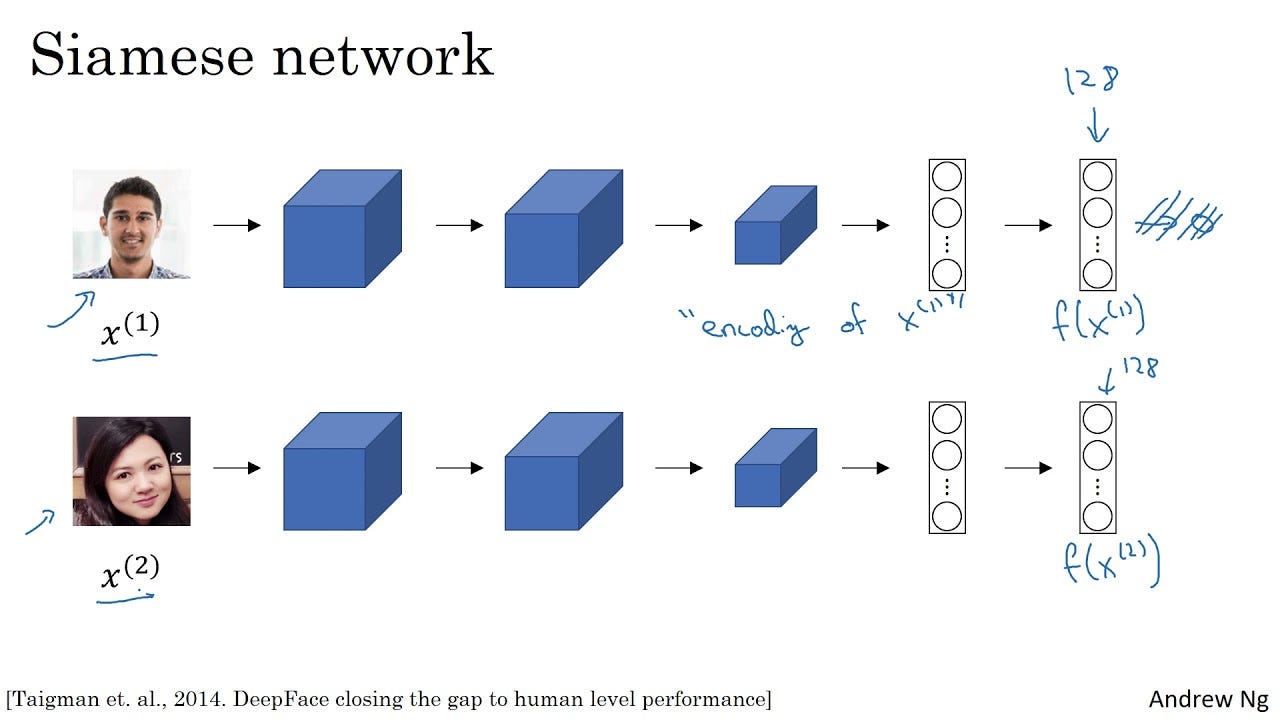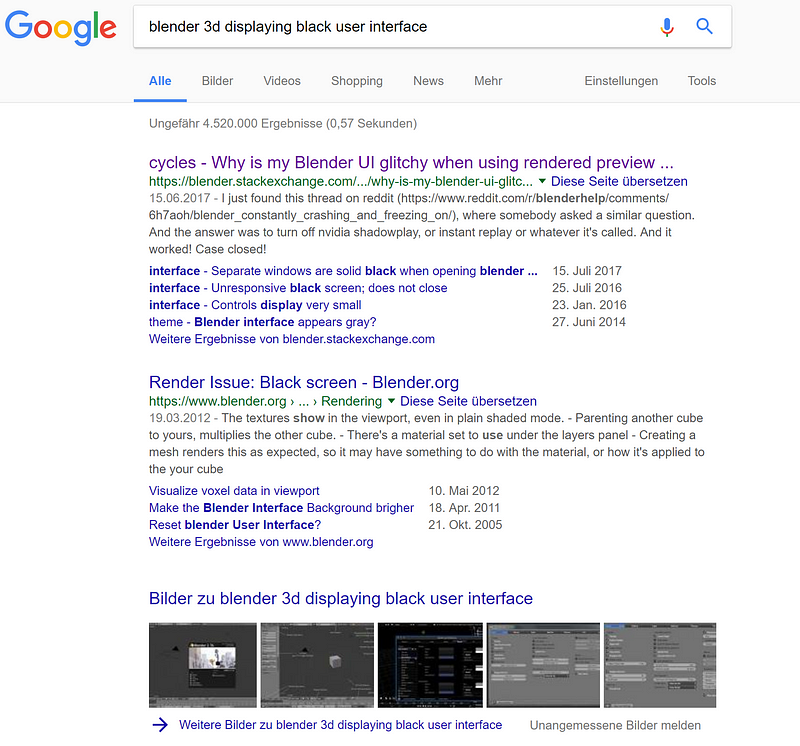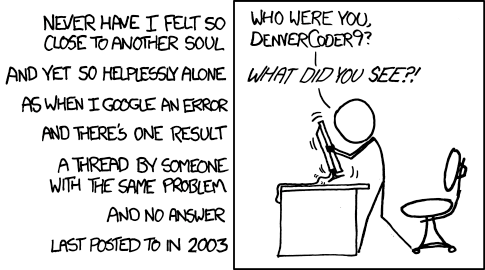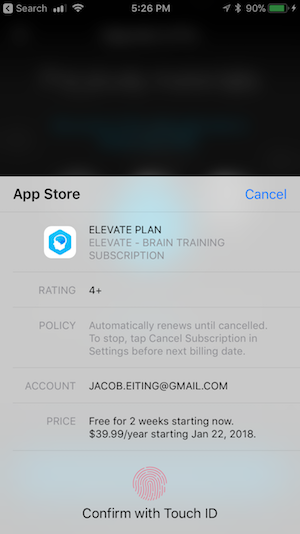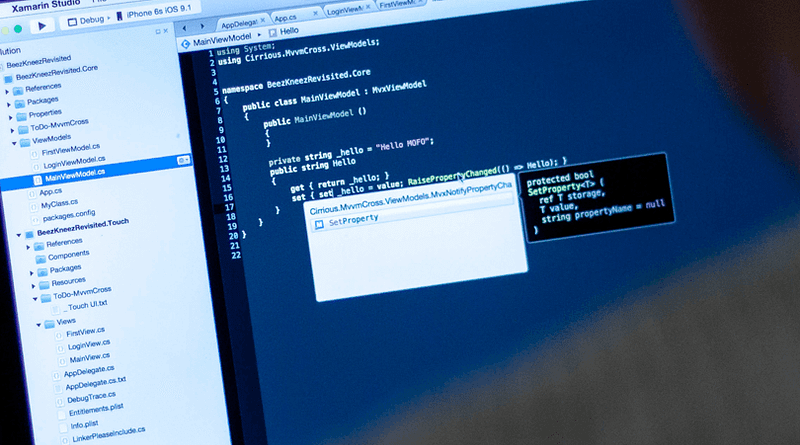
How Digital Technology is Reinventing “Personal Growth”

Aren’t you worried about the “digital generation”?
I
am often asked this question and it happened again last week. The
person asking — a male colleague in his mid-40s — was referring to what
he saw as the negative effects of the instant and effortless access to
information characteristic of an Internet Age.
His argument?
In
a connected world where information is so easily available, the younger
generation no longer have the right incentives to really “learn”
anything. They don’t have (or even want) “ready knowledge”. This will
inevitably have a negative impact on their analytical skills and, in
turn, will kill creativity and (ultimately) thwart innovation.
In a word, my answer to this type of question is “No”.
I am not worried about the “digital generation” and remain cautiously optimistic about the future.
However,
I do believe that we need to adopt a new understanding of “personal
growth” in a digital age. Over the last few weeks, I have been thinking a
lot about what this entails.
Here are two thoughts:
- First, I think we should stop talking about “generations”. Such “generation-talk” obscures the new freedoms that now exist for everyone in a digital age.
- And second, regardless of age, we need to ask: what kind of mindset (and related skillset) is necessary to flourish in a world where “knowledge” is readily available? For me, this means seeking out and embracing the opportunities for mutual learning that are created by digital technologies.
A “Post-Generation” World
We are used to living in a stable world of clearly demarcated generations.
We
are all familiar with the labels: The Lost Generation, The GI
Generation, The Silent Generation, Baby Boomers, Generation X,
Millennials (Generation Y), Generation Z.
Each
generation is associated with a distinct historical experience (WWI,
WWII, the post-war boom, etc.) and a particular set of attitudes and
values.
And,
within each generation, there were clearly pre-defined career paths and
other opportunities. People grew up in a certain way, received a
certain type of education, found a certain type of job and, eventually,
settled on a certain type of life.
And when you passed 45?
Well,
there weren’t many options left. New opportunities were only available
to the “next” (and younger generation) that were in touch with the new
historical experience, the new technologies and values of a new world.
But, things have gradually changed. And here I agree with Gary Vaynerchuk:
Now, when you are in your 40s, there are still unprecedented opportunities for working and learning, and for changing your life.
The main reason for this is “technology”.
Digital technologies have created a more open, fluid and “flatter” world where generations no longer matter, at least if you embrace the right mindset and develop the right skills.
Why Digital Technologies Change Everything
Of
course, there are shortcomings caused by the global proliferation of
digital technologies. Such risks include a lack of privacy,
accessibility to personal information and the easy dissemination of
“fake news”.
But,
in general the opportunities outweigh the challenges. Digital
technologies offer everyone the possibility of connecting to a truly
global community. This reality has the potential to open up new
perspectives, jobs, friendships, learning opportunities, etc.
Digital
technologies create a flatter and de-centralized world where empowering
and experimentation prevail over controlling and planning. Everybody
can now be an “entrepreneur”, a “creator” or an “artist” without first
being accepted and acknowledged by any centralized authority.
Think of the new opportunities provided by YouTube, Medium
and other content platforms. Anyone with a good idea and the drive and
talent to implement their idea can reach a global audience or market.
One of the most important benefits of digital technology is the
possibility of being globally connected.
The Key to Personal Growth (and Success) in a Networked World
How then do we benefit from the unprecedented opportunities of a digital age?
A lot has been written about personal growth and development.
Suggestions
on how to improve yourself are everywhere. You should wake up early,
read a book every week (or even better every day), work out, eat
healthy, take cold showers, etc.
Certainly,
there might be truth to all of these things for some people. However,
one thing you don’t hear about very often is that you should be more
open to the experience of “mutual learning”. I really believe that this
is the key to personal growth and success these days.
Young,
middle aged and older people that embrace the digital world should not
look at each other as being part of a generation. Particularly, when
they all share the same mindset. Instead, they are part of a globally
connected community in which every member is both a teacher and a
student. You see this at technology meetups, hackathons and innovation
workshops.
If
I just look at my own experience as a professor, I can see this
transformation. I used to consider myself as a teacher, inspirer,
motivator of the younger generation. My job was to prepare them for the
new world, help them build a career.
But
this changed recently. As I have mentioned before, I view myself more
now as an influencer or, perhaps even better, a collaborator.
The
world is changing so fast these days. The exponential growth of
technology cannot be ignored. There are so many challenges and new
opportunities. And what I found is that teaching has become more and
more like a dialogue, a two-way conversation so to speak, where a
process of mutual learning happens during every “lecture”.
The
last few years, students have made me aware of new apps, new platforms,
new values, new perspectives and a new way of communicating that indeed
opened many different doors and helped me engage in an on-going process
of “learning, un-learning and re-learning” (to use an expression from
one of my former students).
There
is no need to “settle” anymore. In fact, “settling” may come with
certain risks as the speed of technological change means that the future
is more uncertain than ever before.
Welcome to the World of Mutual Learning
The digital age has created and continues to create multiple new opportunities.
Thinking in terms of generations is over. Instead, it is all about adopting the right mindset.
In order to grow and succeed in a digital age, you need to capture/embrace the opportunities for mutual learning and self-improvement necessary for building the future together.



